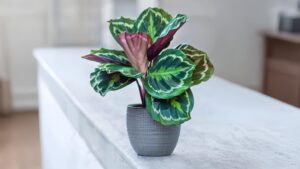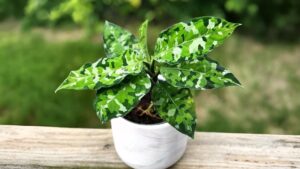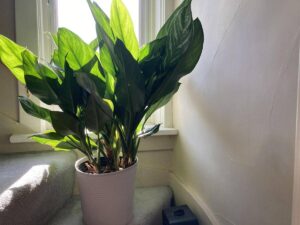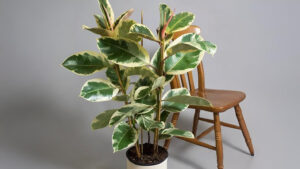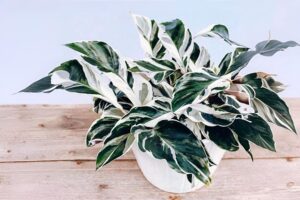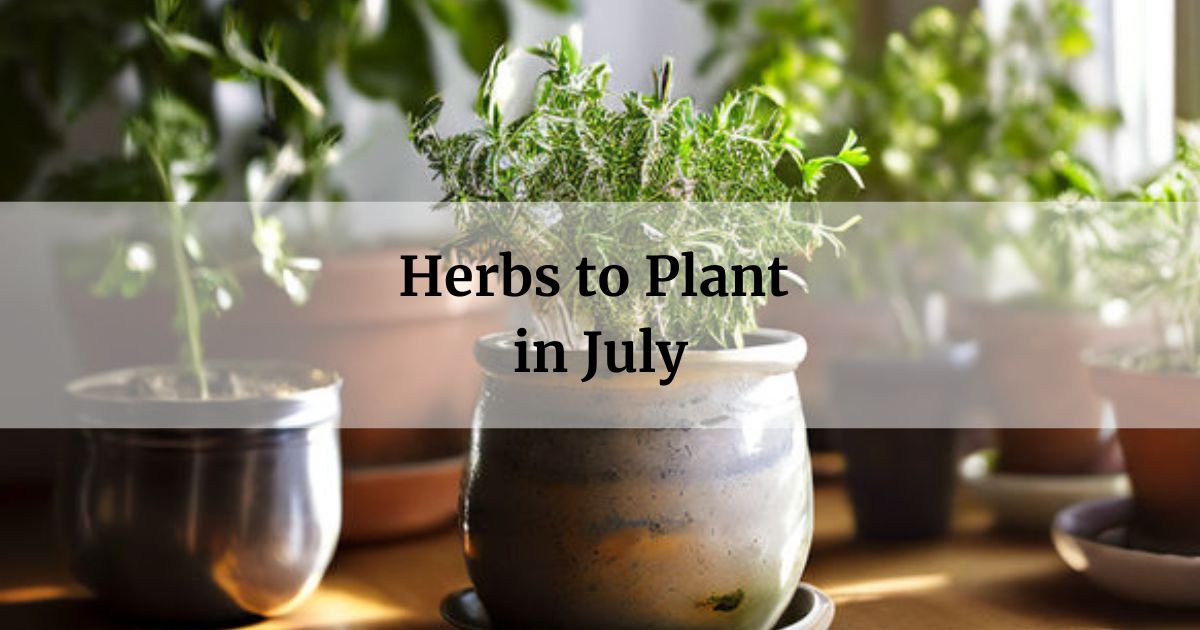
Choosing the right herbs to plant in July can ensure a thriving summer garden. Herbs not only add flavor to dishes but also offer medicinal benefits and attract beneficial insects to your garden, plus growing your own herbs will save you money. Here are three top herbs to plant in July: basil, mint, and thyme. Each herb has unique planting tips, maintenance needs, and harvesting guidelines.
Key Takeaways
- July is an excellent time for planting herbs like basil, mint, and thyme.
- Proper planting, maintenance, and harvesting techniques ensure healthy herb growth.
- Herbs offer culinary and medicinal benefits and enhance garden biodiversity.
In this article
Basil
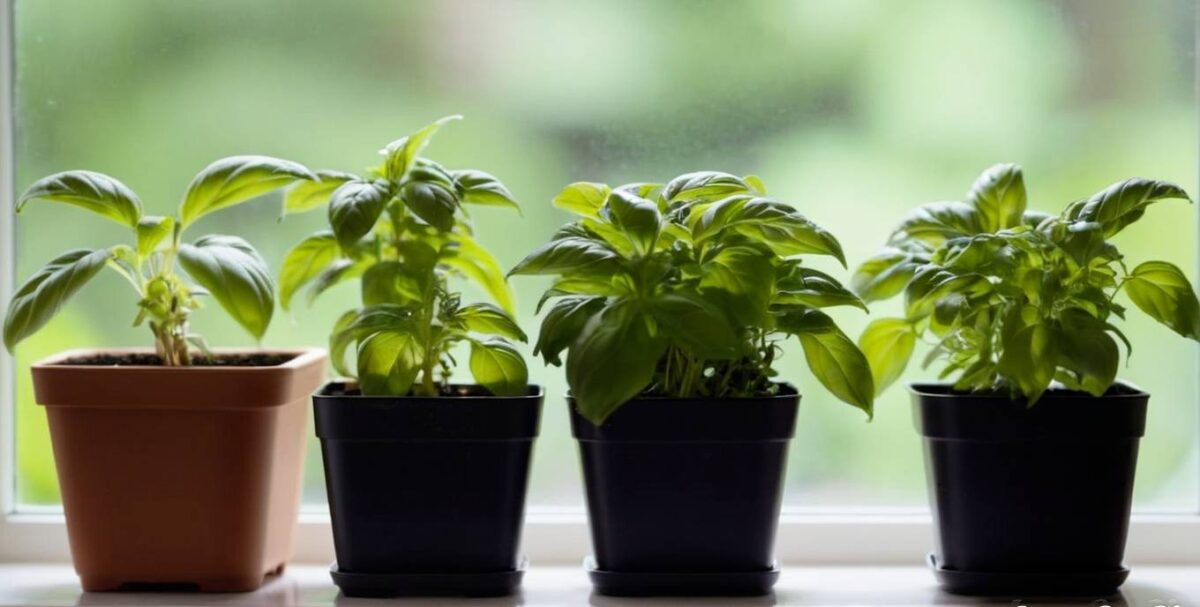
Basil is a versatile herb, perfect for summer planting. Popular varieties include Sweet Basil, Thai Basil, and Lemon Basil. When planting basil in July, choose a sunny spot in your garden with well-draining soil. Basil thrives in temperatures between 70-90°F, making July an ideal time for growth.
- Sweet Basil: Best for Italian dishes.
- Thai Basil: Adds a spicy, anise-like flavor to Asian cuisine.
- Lemon Basil: Offers a citrusy aroma, perfect for teas and desserts.
To plant basil:
- Sow seeds or plant seedlings directly in the garden.
- Space plants about 12 inches apart to allow for proper airflow.
- Water the basil regularly, keeping the soil moist but not waterlogged.
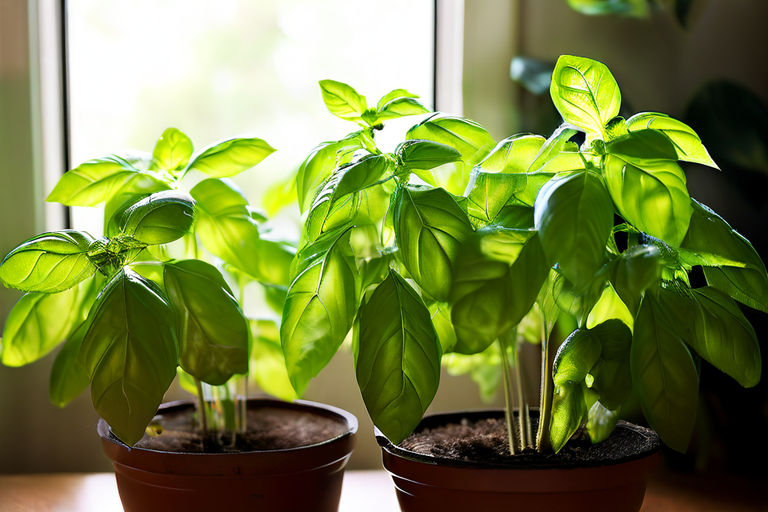
Maintaining basil involves regular watering, pruning, and monitoring for pests.
- Watering: Basil needs consistent moisture. Water deeply at the base of the plant, avoiding the leaves to prevent mold.
- Pruning: Regularly pinch off the top leaves to encourage bushier growth and prevent flowering. Remove any flower buds as soon as they appear to prolong leaf production.
- Pests: Watch for common pests like aphids and slugs. Use organic insecticides or introduce beneficial insects like ladybugs to control infestations.
Harvesting basil is simple. Start picking leaves once the plant has at least six sets of leaves. Always harvest from the top, taking just a few leaves from each plant to encourage new growth. Fresh basil can be used immediately or dried for later use. Store dried basil in an airtight container away from direct sunlight.
RELATED: 8 Herbs That Grow Well in Pots
Mint
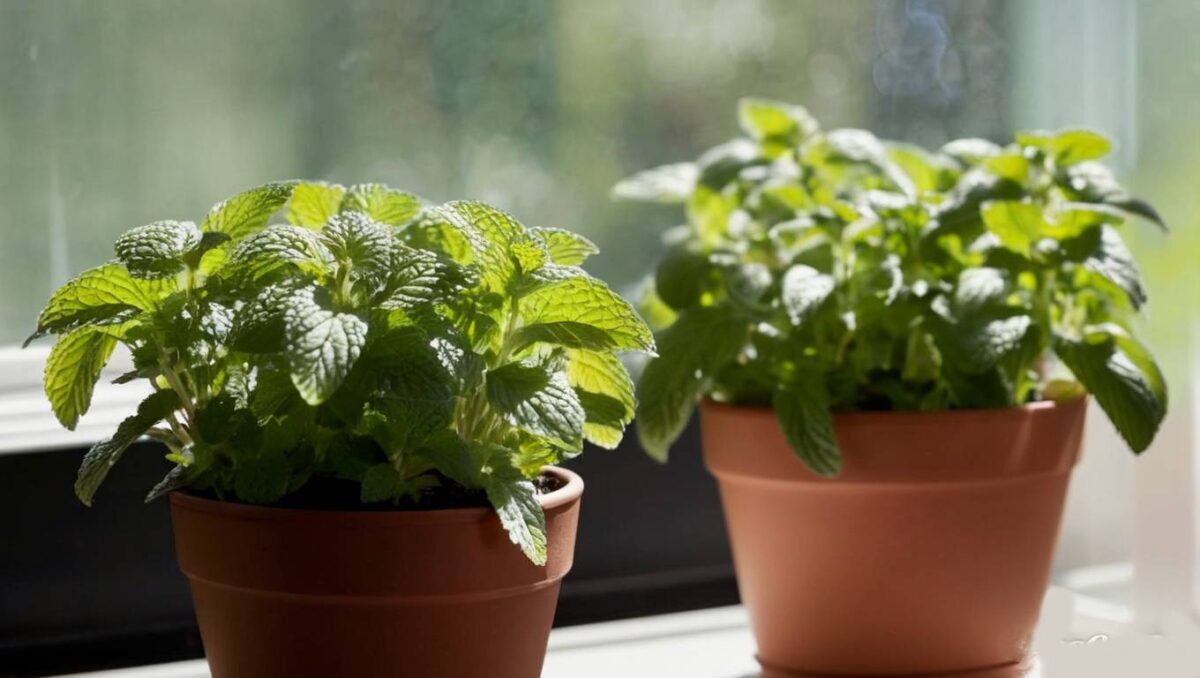
Mint is a hardy herb known for its refreshing flavor and medicinal properties. Varieties such as Spearmint and Peppermint are popular choices. Mint can be grown in garden beds or containers to prevent it from spreading aggressively.
- Spearmint: Best for culinary uses like teas and salads.
- Peppermint: Contains menthol, which is ideal for soothing remedies and teas.
To plant mint:
- Choose a partially shaded area with moist, well-draining soil.
- Plant mint cuttings or transplants about 18 inches apart.
- Water regularly to keep the soil consistently moist.
Mint is relatively easy to care for but can encounter some issues.
- Invasive Growth: Mint spreads quickly. To control its spread, grow mint in containers or use garden barriers.
- Pests: Mint is prone to pests like spider mites and aphids. Regularly inspect the plants and use organic pest control methods if necessary.
- Diseases: Mint can suffer from fungal diseases, especially in humid conditions. Ensure good air circulation and avoid overhead watering to reduce the risk.
Maintaining mint involves regular watering, trimming, and monitoring for pests and diseases. Trim mint frequently to encourage bushy growth and prevent flowering. Remove any flower buds to keep the plant producing flavorful leaves.

Harvest mint by cutting the stems just above a set of leaves. This encourages new growth and ensures a continuous supply of fresh mint. Use fresh mint in recipes or dry the leaves for later use. To dry mint, hang the stems in a dark, well-ventilated area until they crumble easily. Store dried mint in an airtight container.
Thyme
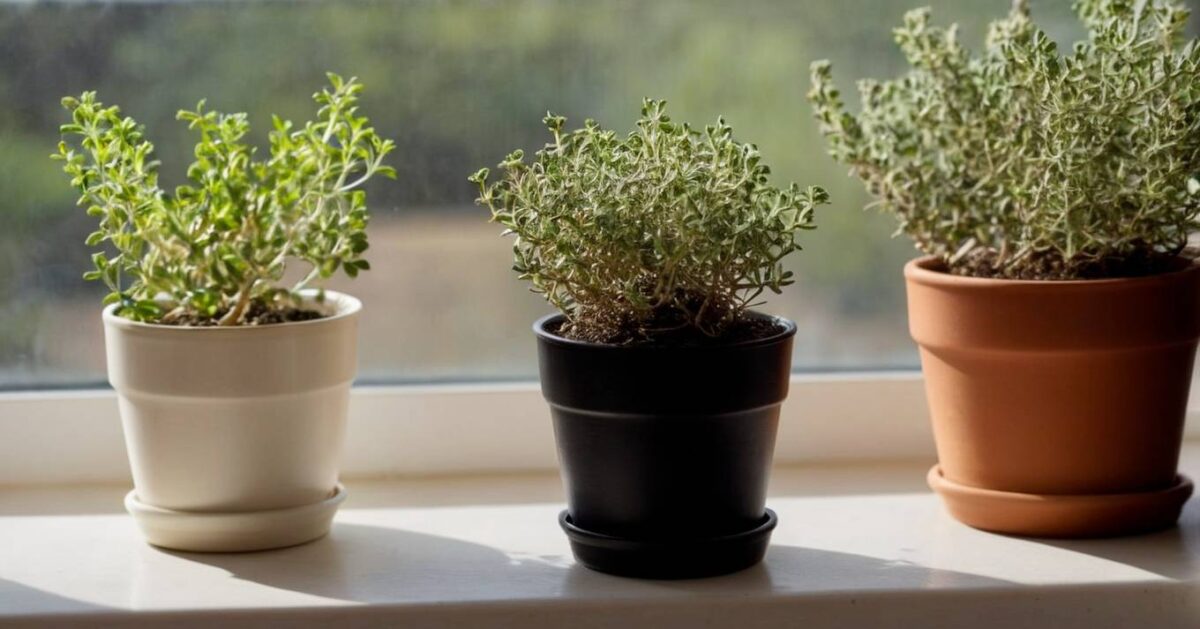
Thyme is a low-maintenance herb that thrives in July’s warm weather. Varieties like Common Thyme and Lemon Thyme are popular in culinary and ornamental gardens. Thyme prefers full sun and well-draining soil, making it ideal for rock gardens and containers.
- Common Thyme: Versatile and commonly used in cooking.
- Lemon Thyme: Adds a citrusy flavor to dishes and is also used in teas.
To plant thyme:
- Sow seeds or plant cuttings in a sunny location.
- Space plants about 12 inches apart.
- Ensure the soil is well-drained and not too rich in nutrients, as thyme thrives in lean soil.
Thyme is a drought-tolerant herb that requires minimal care.
- Watering: Water thyme sparingly. Overwatering can lead to root rot. Allow the soil to dry out between waterings.
- Pruning: Trim thyme regularly to prevent woody growth and encourage fresh shoots. Prune back about one-third of the plant in early spring to promote healthy growth.
- Pests: Thyme is relatively pest-resistant but can occasionally attract spider mites or aphids. Inspect the plants regularly and treat infestations promptly with organic insecticides.
Harvesting thyme is straightforward. Snip off sprigs of thyme as needed, preferably in the morning when the essential oils are most concentrated. To dry thyme, tie small bundles of stems together and hang them in a dark, dry, well-ventilated area. Once dried, strip the leaves from the stems and store them in an airtight container.
RELATED: Kitchen Herbs with Similar Growing Requirements [Companion Planting]
Frequently Asked Questions
What herbs can be planted in July in the U.S.?
Basil, mint, and thyme are excellent choices for July planting due to their ability to thrive in warm weather.
How do I protect my herbs from the July heat?
Ensure consistent watering, provide mulch to retain moisture, and consider partial shade for herbs sensitive to intense heat.
How often should I water my herbs in July?
Watering frequency depends on the herb and growing conditions. Generally, herbs need regular watering to keep the soil consistently moist but not waterlogged.
By following these tips, you can enjoy a bountiful harvest of fresh herbs throughout the summer.
YOU MAY ALSO LIKE: Top 10 Herbs to Grow on Your Kitchen Counter
Happy gardening!
